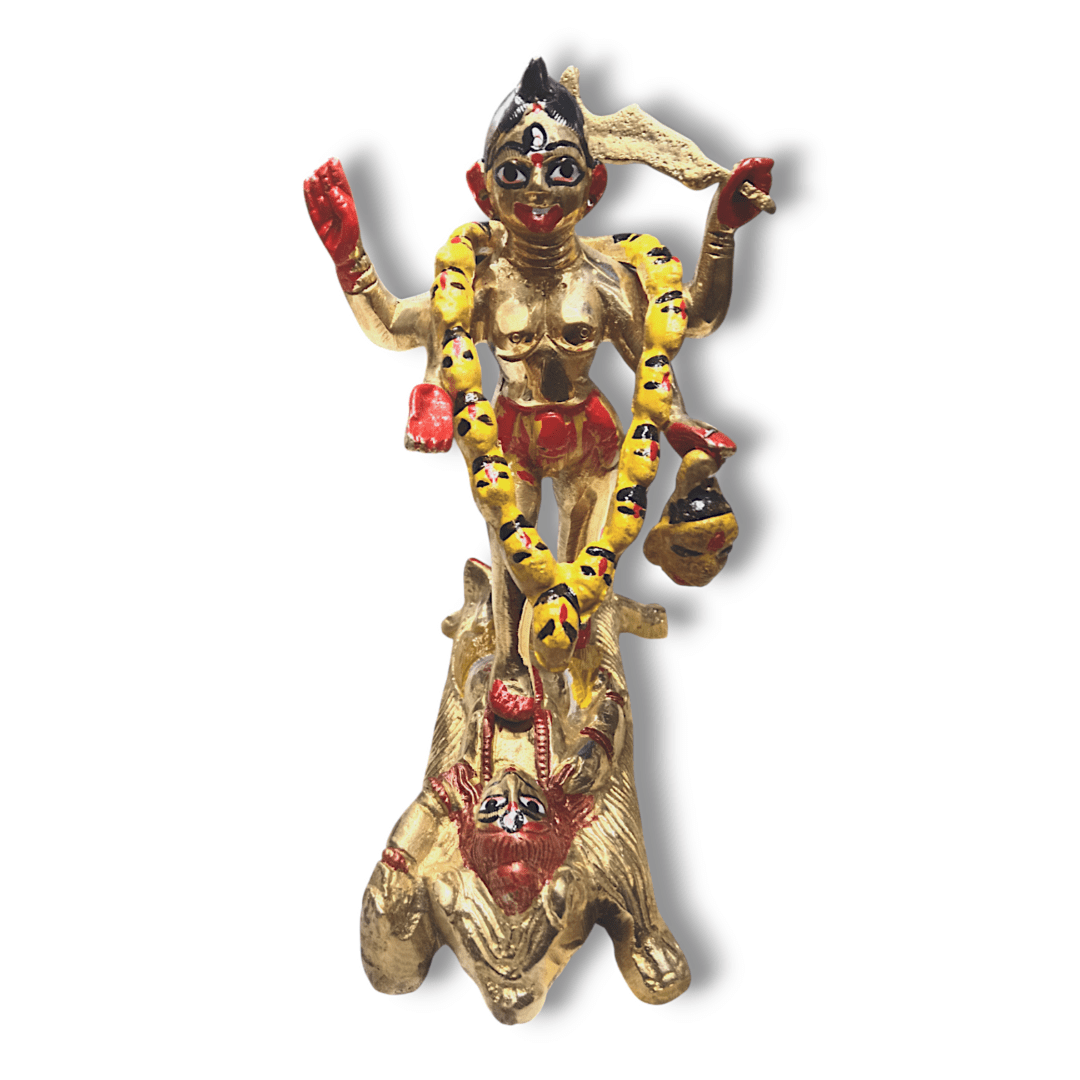
Some places in the world aren’t just dots on a map; they are feelings, they are vibrations that call to our soul. They hold stories of faith, love, and history that cross all borders. One such place, a true beacon of spiritual light and architectural wonder, is the Tomb of Shah Rukn-e-Alam in Multan. If you are planning a visit in 2025, think of it less as a trip and more as a journey inward, to a space where history breathes and devotion fills the air.
Who Was the Saint, Shah Rukn-e-Alam?
Before we step into this sacred space, let’s get to know the soul who resides here. Shah Rukn-e-Alam, born way back in 1251, wasn’t just a saint; he was a guiding light for countless people. A leading figure in the Suhrawardiyya Sufi order, he was the grandson of the great Baha-ud-Din Zakariya. His whole life was a lesson in love, finding purity within ourselves, and serving humanity without any expectation. After he left this world in 1335, this magnificent mausoleum was built, not just as a memorial, but as a continuing centre for pilgrimage and peace.
Finding Your Way to This Sacred Space
The shrine stands proudly on a small hill within the historic Fort Kohna Qasim Bagh, right in the heart of Multan. Its elevated position means you can spot its grand dome from a distance, like a lighthouse guiding you home. Reaching it is quite easy, as it’s located near other famous landmarks like the Multan Fort and the shrine of Baha-ud-Din Zakariya. Whether you take Vehari Road or Fort Road, you’ll find your way to this tranquil abode.
The Best Time for a Soulful Visit
To truly soak in the serene atmosphere, planning your visit between October and March is a wonderful idea. The weather during these months is cool and pleasant, perfect for walking around and spending time in quiet contemplation. For a truly magical experience, try visiting early in the morning as the world awakens, or just before sunset. The soft, golden light at that time gives the entire place a divine glow. While the annual ‘Urs’ festival is a vibrant showcase of Sufi traditions, be prepared for large crowds if you choose to visit then.

A Guide to Respectful Darshan
When we visit a place of such deep reverence, it’s important to carry ourselves with respect. This not only honours the sanctity of the place but also opens our own hearts to receive its blessings. Here are a few things to keep in mind:
- Dress with Humility: It is best to wear modest clothes. For women, covering your head with a scarf or dupatta is a sign of respect. The idea is to let our attire reflect the humility in our hearts.
- Leave Footwear Behind: Like in our own temples and homes, you must remove your shoes before entering the main shrine area. This simple act connects us to the sacred ground.
- Embrace the Silence: The shrine is a place of prayer and meditation for many. Maintaining silence, especially in prayer areas, allows everyone to connect with the divine without disturbance.
- Photography with Care: While you can usually take photos in the outer courtyards, it’s always good to be discreet. Avoid using flash and be mindful not to disturb worshippers.
The Architectural Marvel of the Tomb
The Shah Rukn-e-Alam shrine is a breathtaking example of early Indo-Islamic architecture from the Tughlaq period. It was originally built between 1320 and 1324 by Ghiyas-ud-Din Tughlaq, who later gifted it to the saint’s family. With its massive dome, octagonal base, and intricate Multani tile work (kashi kari), the structure is a masterpiece. It’s a beautiful story told in brick and wood, reflecting a time when our subcontinent’s art and culture were flourishing. Its design has inspired countless monuments over the centuries. It’s no wonder that this beautifully preserved site has received the prestigious Aga Khan Award for Architecture and is on the tentative list of UNESCO World Heritage Sites.
Creating Your Own Sacred Corner, Inspired by Serenity
Visiting places like the Tomb of Shah Rukn-e-Alam often inspires us to find that same peace and stillness in our own lives and homes. Creating a small, dedicated space for prayer or meditation can bring immense calm. At poojn.in, we understand this need for a personal sacred corner.
To help you create that serene vibe, you might like our beautiful Adiyogi Marble Dust Murti. It’s not just a murti, but a symbol of the ultimate source of yoga and inner peace—a reminder to look within. It’s perfect for your home mandir or a quiet corner in your study.
Your Questions, Answered with Care
Many people have questions before visiting such a significant place. Let’s clear some of them up. You might be wondering what makes this shrine so special. Its importance lies not just in its history but in its living, breathing spiritual energy. It’s a major pilgrimage site for people seeking blessings and inner peace, a true symbol of our shared heritage of Sufism.
For those planning their visit in 2025, reaching the tomb is straightforward. You can hire a local taxi or use public transport from anywhere in Multan. And the best part? There is no entry fee to visit this spiritual haven, as its doors are open to all. The shrine is generally open from morning till evening, but it’s always a good practice to check the exact timings locally, as they might change during special occasions like the Urs festival.
If the stories of our rich past and architectural wonders fascinate you, you may also enjoy reading our detailed guide on the magnificent Varaha Lakshmi Narasimha Temple or the ancient Chennakesava Swamy Temple.
A Journey That Stays with You
A visit to the Tomb of Shah Rukn-e-Alam is more than just sightseeing. It’s an experience that touches your soul. It’s a quiet conversation with history and a moment of connection with a legacy of love and peace. As you leave, you take a piece of its tranquility with you, a beautiful memory that will last a lifetime.


